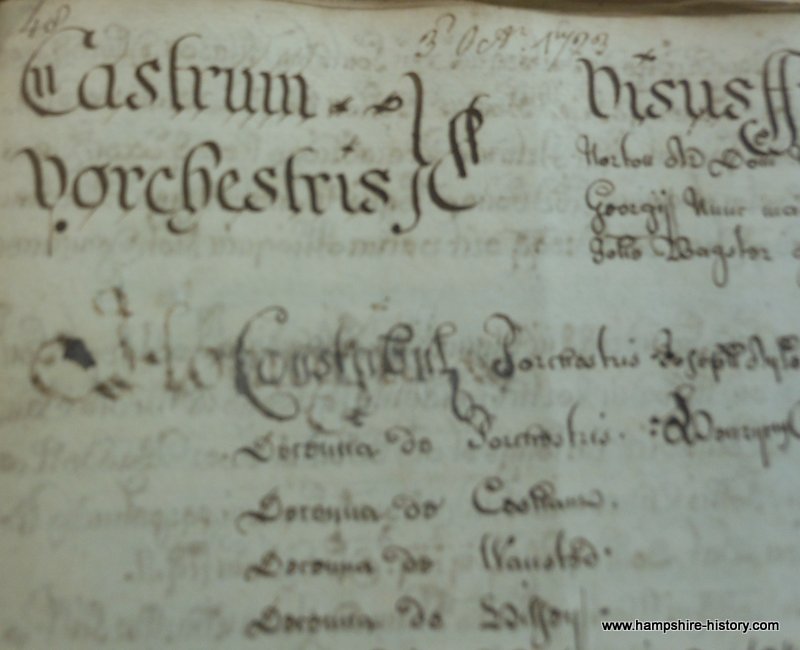Hampshire History Blog
The Hampshire History Blog is about snippets of intriguing history that we stumble upon and want to share with you in a more informal way. We have been out and about (obviously not at the moment) enjoying the historic and cultural offerings of the county and so here are some jottings about our experiences.
The Hampshire history project is intended for everyone to access, share and enjoy. more accessible to everyone. So whether you are just visiting our beautiful county of Hampshire or you've spent a lifetime in Hampshire as we have, we hope you will feel welcomed and join us. If you feel inclined to write a piece or have a photo to share then please contact us. Maybe you have read a Hampshire related book or article that you would like to share or a piece of family history, all will be welcome.
[instagram-feed]


